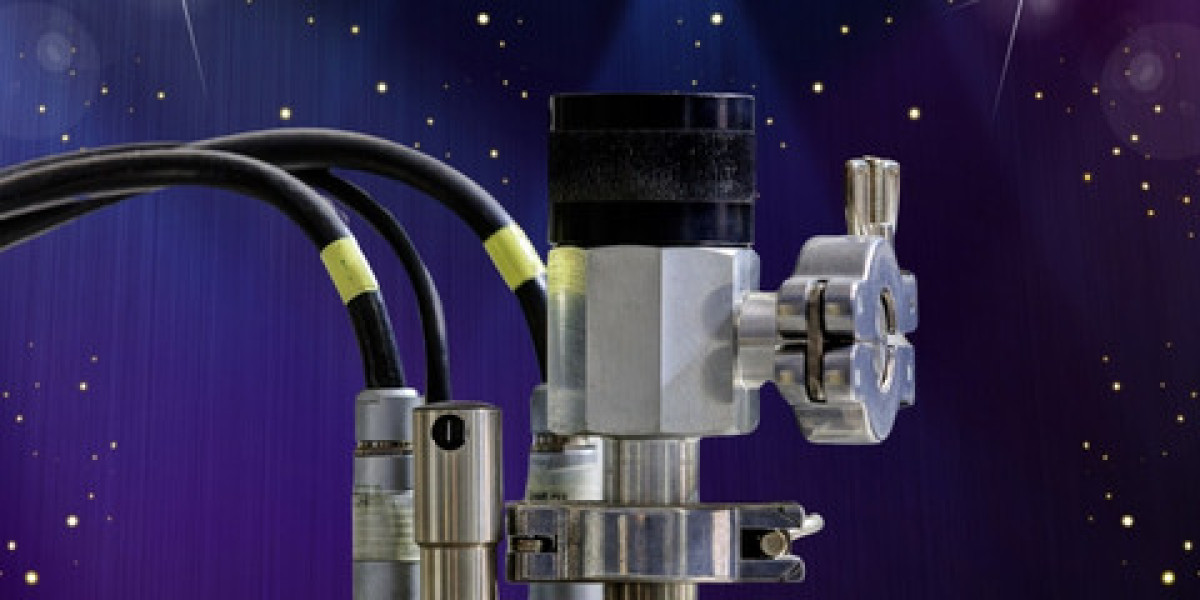Automotive casting is a critical process in the manufacturing of vehicles, involving the shaping of molten metal into intricate components. From engine blocks to transmission housings, casting plays a pivotal role in ensuring the structural integrity and performance of automobiles. In this guide, we'll delve into the intricacies of automotive casting, exploring the techniques, materials, and considerations essential for producing high-quality components.
Understanding the Casting Process:
- Casting begins with the creation of a mold, typically made from sand, ceramic, or metal.
- The mold is designed to replicate the desired shape of the automotive component.
- Molten metal, often aluminum or iron alloys, is poured into the mold and allowed to cool and solidify.
- Once cooled, the mold is removed, revealing the cast component ready for finishing.
Materials Selection:
- The choice of materials is crucial in automotive casting, impacting the component's strength, durability, and performance.
- Aluminum alloys are favored for their lightweight properties, making them ideal for components such as engine blocks and cylinder heads.
- Iron alloys, including gray iron and ductile iron, are preferred for parts requiring high strength and wear resistance, such as brake calipers and differential housings.
- Advanced materials, such as titanium and magnesium alloys, offer superior strength-to-weight ratios but are less commonly used due to cost and manufacturing complexities.
Casting Techniques:
- Gravity Casting: Molten metal is poured into a mold under the force of gravity, suitable for producing large and simple-shaped components.
- Pressure Die Casting: Molten metal is injected into a mold under high pressure, yielding intricate and high-precision parts with minimal porosity.
- Sand Casting: A versatile method where a pattern is pressed into sand to create the mold, suitable for both small and large-scale production.
- Investment Casting: Also known as lost-wax casting, this technique involves creating a wax pattern, encasing it in a ceramic shell, and then melting the wax to leave a hollow mold for pouring molten metal.
Quality Control and Finishing:
- Quality control measures are integral to ensuring the integrity of cast components, including dimensional accuracy, surface finish, and material properties.
- Non-destructive testing techniques such as X-ray inspection and ultrasonic testing are employed to detect internal defects and porosity.
- Machining, heat treatment, and surface finishing processes are applied to refine the cast components to their final specifications, enhancing both aesthetics and functionality.
Environmental Considerations:
- Sustainable casting practices aim to minimize waste, energy consumption, and environmental impact throughout the manufacturing process.
- Recycling of scrap metal and sand is common in automotive casting facilities, reducing the need for virgin materials and conserving resources.
- Adoption of cleaner production technologies, such as electric induction furnaces and emission control systems, helps mitigate the environmental footprint of casting operations.
Conclusion: Mastering automotive casting requires a deep understanding of materials, techniques, and quality control measures to produce components that meet the stringent demands of modern vehicles. By leveraging advanced casting technologies and embracing sustainable practices, manufacturers can achieve precision, performance, and environmental responsibility in automotive production.







